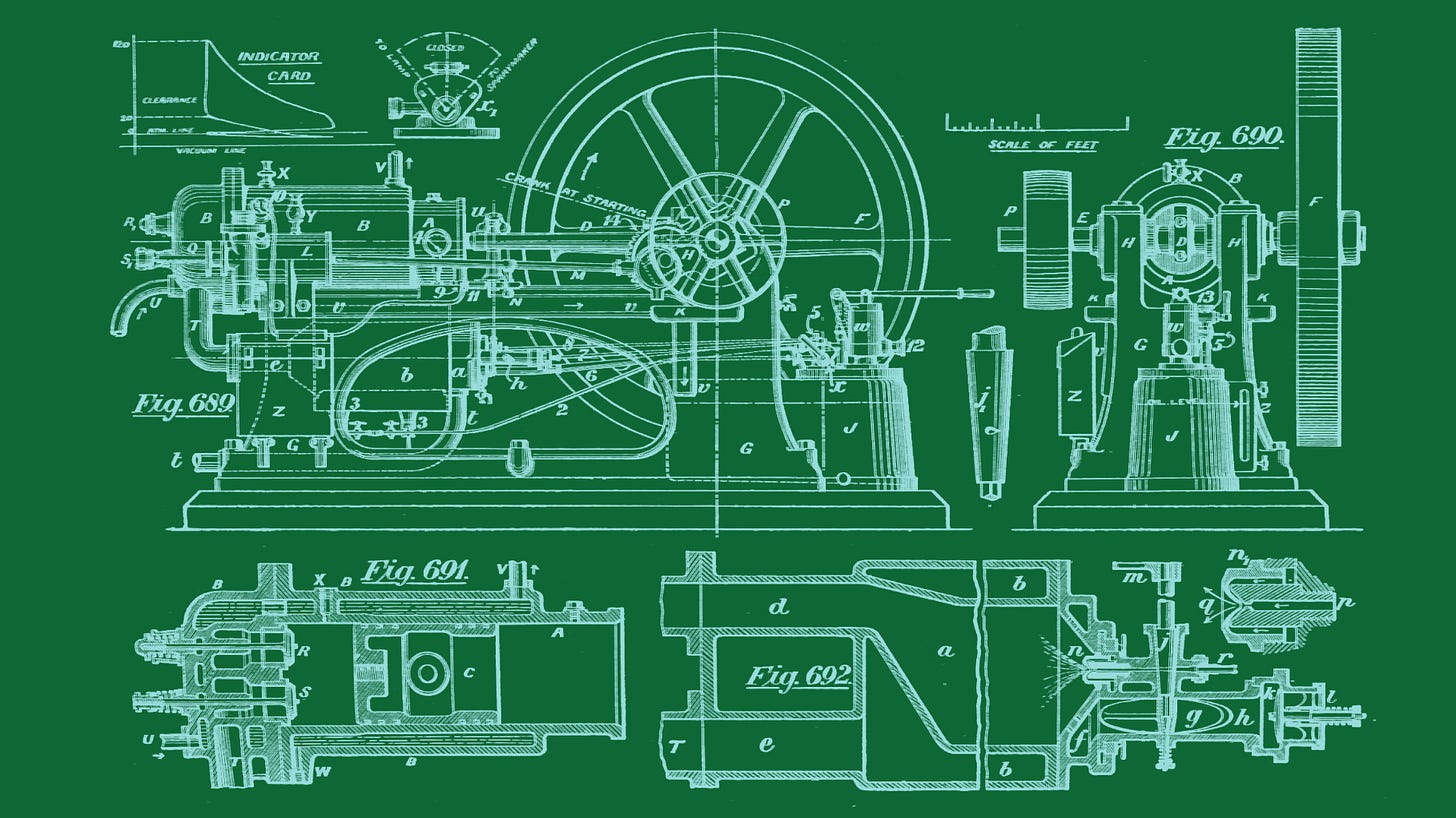There are technological gaps everywhere for those with the eyes to see. For decades, our critical infrastructure and industries have stagnated, as seen across our aging grids and transportation systems; sclerotic building practices; and antiquated, inflexible manufacturing systems. The rich reserves of our natural and industrial potential have gone untapped, just as the most promising technological solutions to these problems have laid dormant, buried in decades-old papers or stranded in the realm of ideas.
At last, we seem to be nearing a real inflection point. As Humba’s GP Leo put it, the barriers to building in the physical world are finally falling. Prototyping is cheaper, the talent pool richer, and the tools are more widely available than ever before. Today, the limiting factor is often not technological readiness or capital, but the ingenuity of the founder.
After all, the world of atoms can be unforgiving. What works on paper or a desktop might not work at scale. Physical systems don’t extend themselves as neatly as software can. Progress necessarily comes with frictions, and every new step forward comes with its own set of nested problems. Building in the physical world is still hard, and yet, there is a distinct type of founder that yearns to do it anyway.
This week, we’re launching a series devoted to profiling these kinds of builders. We’re interested in how they think, how they cross the chasm from idea to execution, how they navigate the constraints of hardware or wetware, and how they use those constraints as creative leverage. Their work is deeply technical, but they stand out for their clarity of purpose. They don’t get lost in the weeds or race blindly toward the next prototype. Instead, they think in systems, keeping their eyes fixed on the larger arc, building not just for the next milestone, but for the far future.
Like the best founders, our objective here is to seek out truth. This is not a marketing exercise. While some of the companies featured may be in our portfolio, many are not. This series is a broader exploration, an attempt to learn from teams across sectors and stages, regardless of affiliation. We will be profiling companies operating across a broad gamut of sectors from energy to biotech, industrial automation to manufacturing.
Some are unlocking cheaper and more flexible forms of power. Others are transforming how we shape and assemble the physical world. Many are solving problems that have gone untouched for decades. Each story will teach us something new about how the world works today, and how often, frankly, it doesn’t.
We set out to capture not just anecdotes, but blueprints. To write these, we spend time with founders to understand the philosophy with which they build their technologies, how they plan milestones, financing, and navigate the obstacles that inevitably appear on any uncharted path.
Our hope is that this project can offer both inspiration and practical insight to founders at the start of their journeys, and that, over time, it can reveal something deeper — how technological change actually happens.
Ultimately, we hope to understand not just how new technologies are born, but how they endure, become commercialized, and penetrate our world. How the gaps we’ve identified at the outset, between what is possible and what is, are gradually and relentlessly closed. And how these founders are the ones building the bridges to get us there.
Tomorrow, we’ll release our inaugural profile of Pantheon, a company born from a group of engineers, friends, and tinkerers who may have stumbled on the first fully scalable manufacturing system of its kind. In the coming weeks, we’ll release pieces profiling some of the most consequential companies building across fusion, textiles, industrials, and more, each one pushing the boundaries of what’s possible.




Great concept and great first choice for a profile! Pantheon is awesome. Really pushing the bounds on what is possible for FFF printed structural parts.
Could not be more excited for this series!